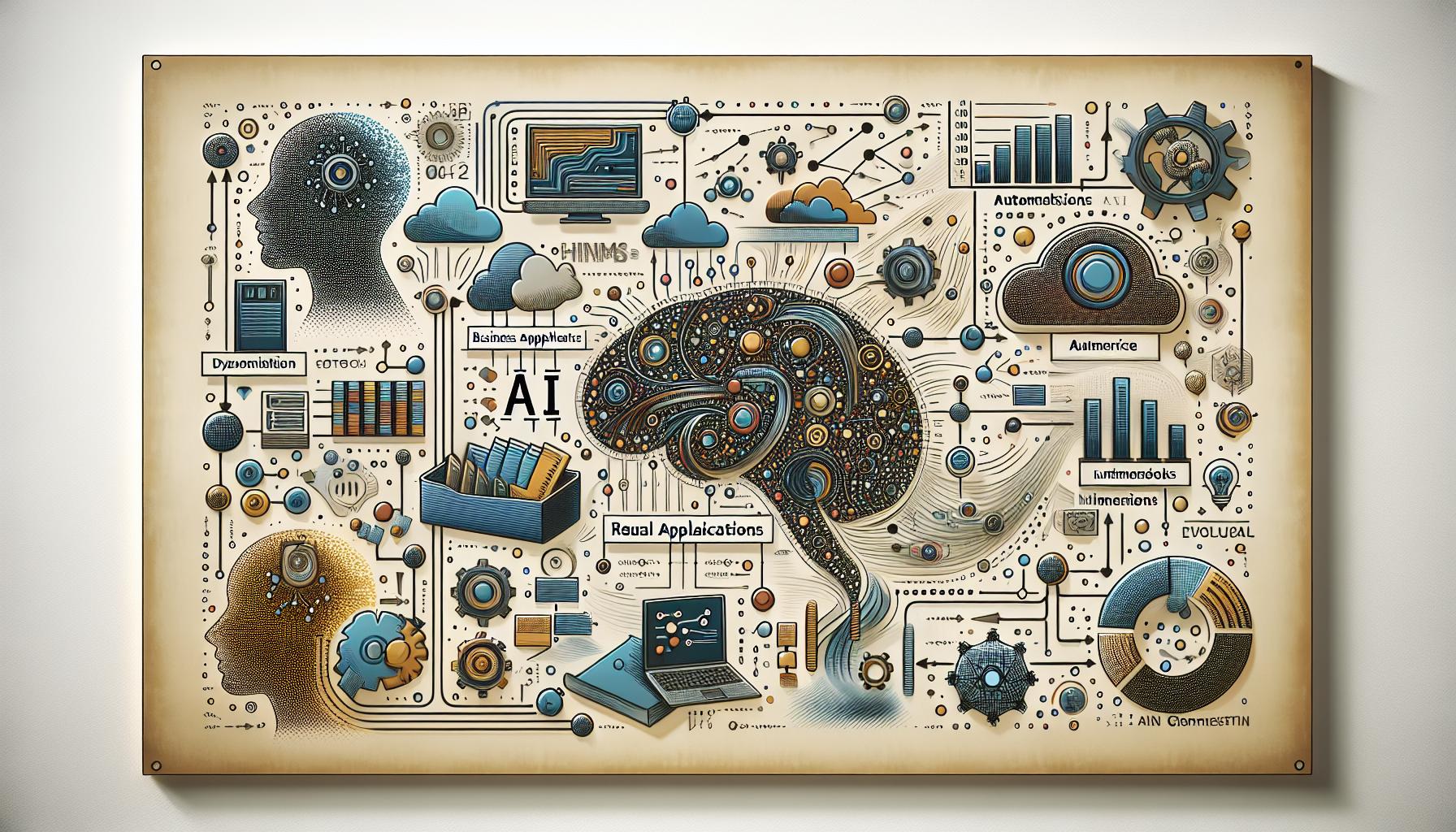Shaping the Future with AI: How Real-Time Data Integration and Memory Enhance Automation

Introduction
The digital landscape is perpetually evolving, with Artificial Intelligence (AI) at the forefront, leading initiatives in automation and data processing. However, the reliance of traditional language models on static data limits their effectiveness, underscoring the necessity for a more dynamic approach to AI. This evolution toward dynamic data usage promises to unlock new potentials in responsiveness and utility of A.I. applications.
Understanding the Limitations
Most large language models (LLM), while powerful, are constrained by the scope of their training data—static datasets that do not evolve in real-time. This static nature impedes their ability to adapt to new information or changing contexts, creating a gap between A.I. capabilities and real-world applications that demand up-to-the-minute data.
The Role of Architecture in Dynamic A.I. Systems
To bridge this gap, constructing an A.I. architecture that seamlessly integrates continuous data streams is imperative. This requires sophisticated systems capable of real-time data capture, processing, and immediate integration. Such architectural advancements are the cornerstone of transforming A.I. from a static model to a dynamic ecosystem, enhancing both the machine's understanding and its interaction capacity.
RAIA: A Pioneer in Dynamic AI
RAIA represents a revolutionary stride in this direction. It is engineered to not only act upon but also remember interactions, thereby enriching the AI's context for future communications. This blend of automation and personalized memory systems is proving pivotal in transcending traditional limitations of AI, offering a more adaptable and intuitive learning model.
Benefits of a Dynamic A.I. System
The advantages of leveraging a dynamic A.I. system are manifold. By integrating real-time data, businesses can enhance customer service through more personalized interactions, improve decision-making with updated information, and streamline operations. This proactive A.I. approach translates into significant strategic benefits, making businesses more agile and responsive.
Future Directions and Continued Innovations
The horizon for A.I. is expansive, with ongoing research focused on further refining the integration of dynamic data. Future developments could see A.I. becoming even more integrated into the operational fabric of businesses, making it an indispensable tool for growth and innovation. The continued evolution of A.I. promises to drive unprecedented customization and smarter business solutions.
Conclusion
Embracing a dynamic A.I. architecture is not just beneficial but critical for businesses aiming to stay competitive in our fast-paced digital era. As systems like RAIA lead the way, the potential for A.I. to revolutionize industries grows ever more tangible, underscoring the importance of adopting these advanced technologies.
Call to Action
For businesses looking to pioneer in their respective industries, exploring dynamic A.I. systems like RAIA could offer substantial competitive advantages. Consider how embracing real-time data integration and A.I. memory systems can propel your operations to new heights.




